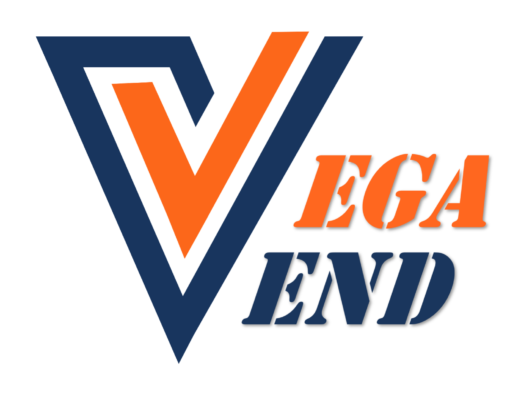No products in the cart.
On this page
Guidelines for Using ‘Vegetarian’ or ‘Vegan’ on Food Labels and Product Descriptions
Legal Considerations
In the UK, whilst there is currently no legal definition for ‘vegan’ or ‘vegetarian’ in food labelling law, vendors must nonetheless ensure that their labels do not mislead consumers under general food labelling regulations. Furthermore, despite the absence of specific legislation, it is crucial for vendors to adhere to broader consumer protection principles. Consequently, accurate and transparent labelling remains of utmost importance, even without explicit vegan or vegetarian labelling laws in place.
Therefore, vendors should prioritise clear and honest communication on their product labels to maintain consumer trust and comply with existing regulations. Moreover, by implementing these best practices, vendors can not only meet current standards but also anticipate future trends, thus staying ahead of the curve in this dynamic industry. Additionally, this proactive approach will help vendors build credibility and establish themselves as reliable sources of vegan and vegetarian products in an increasingly competitive market. Subsequently, by adopting these strategies, vendors can position themselves favourably in the eyes of both consumers and regulatory bodies, thereby ensuring long-term success in the vegan and vegetarian product sector.
To maintain compliance:
- Accurately represent the product’s ingredients and production methods.
- Avoid making false or ambiguous claims about animal-derived ingredients.
- Include precautionary allergen labelling if there’s a risk of cross-contamination.
Certification and Standards
To enhance credibility and consumer trust:
- Obtain certification from recognised bodies like The Vegan Society or The Vegetarian Society.
- Follow ISO standards for vegan and vegetarian product definitions where applicable.
- Clearly display relevant certification logos on packaging and marketing materials.
Clear Labelling Practices
For transparent communication:
- Use straightforward terms like ‘suitable for vegans’ or ‘suitable for vegetarians’.
- Specify if products are ‘100% plant-based’ to indicate no animal-derived ingredients.
- List all ingredients clearly, highlighting potential allergens in bold.
Cross-Contamination Considerations
To address production realities:
- Include ‘may contain’ statements if there’s a risk of cross-contact with animal products.
- Explain that ‘vegan’ doesn’t necessarily mean ‘allergen-free’ for consumers with allergies.
- Consider using ‘plant-based’ for products that may have trace animal contaminants.
Product Descriptions
When describing vegan alternatives:
- Use familiar terms like ‘plant-based burger’ to aid consumer understanding.
- Be aware of potential restrictions on using dairy terms for non-dairy products.
- Focus on positive attributes like taste, texture, and nutritional benefits.
Consumer Education
To support informed choices:
- Provide clear definitions of ‘vegan’ and ‘vegetarian’ on product listings.
- Explain the difference between ‘vegan’ and ‘allergen-free’ claims.
- Offer transparency about production processes and ingredient sourcing.
Here’s a revised version with more transitional words and less passive voice:
By adhering to these guidelines, Vendors can ensure their vegetarian and vegan product labelling remains clear, compliant, and consumer-friendly. Furthermore, it is crucial to regularly review and update practices, as regulations and consumer expectations continue to evolve in this rapidly growing market segment. Consequently, Vendors who stay informed and adaptable will be better positioned to meet changing demands and maintain customer trust. Additionally, by consistently applying these best practices, Vendors can not only comply with current standards but also anticipate future trends, thereby staying ahead of the curve in this dynamic industry.
Additional Information
- Food Standards Agency: Vegan Food and Allergens
- The Guardian: Rules on Labelling Vegan Food in the UK
By adhering to these guidelines, Vendors can effectively communicate the vegan and vegetarian status of their products, ensuring transparency and trust with consumers.
Last updated: 4 July 2024

